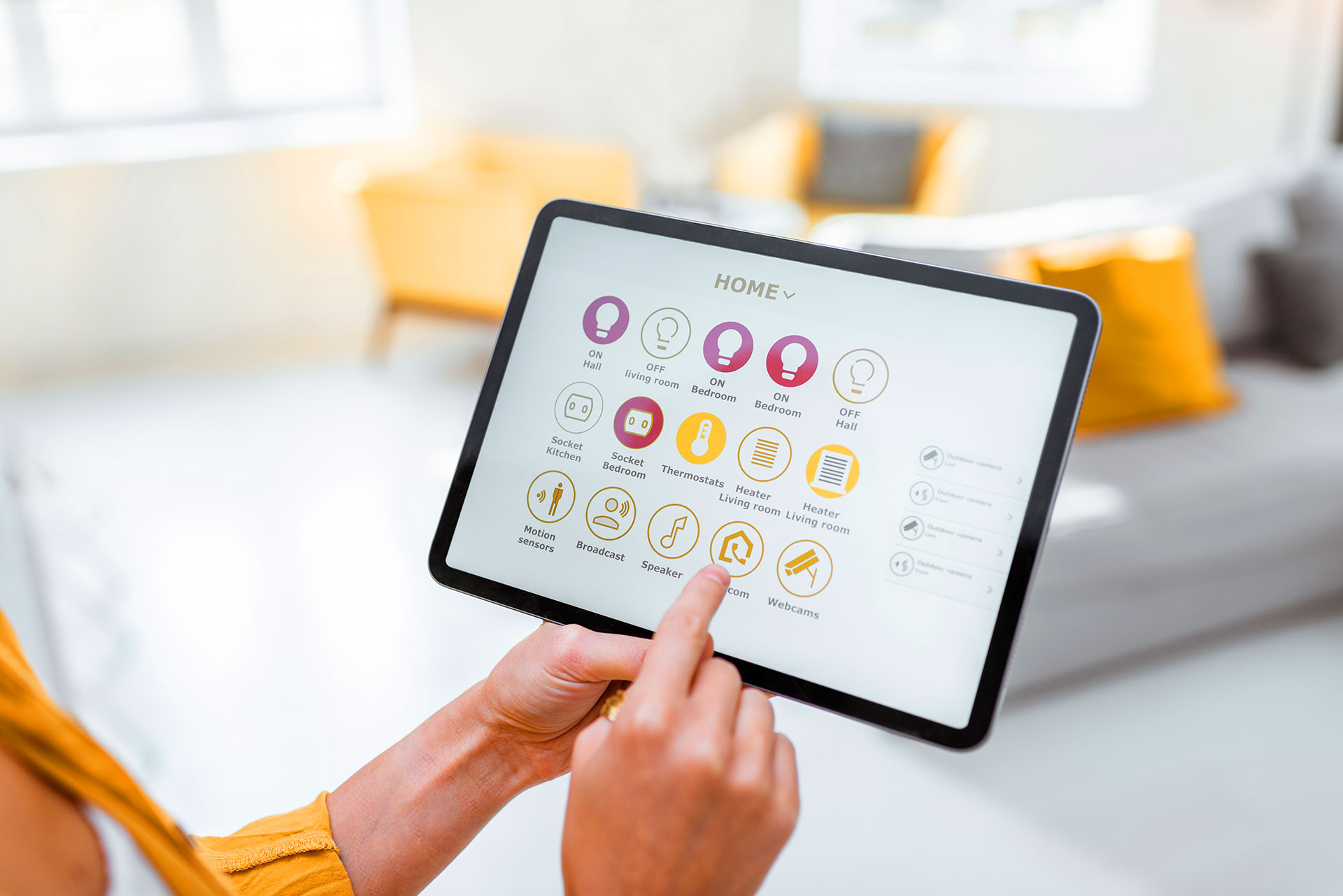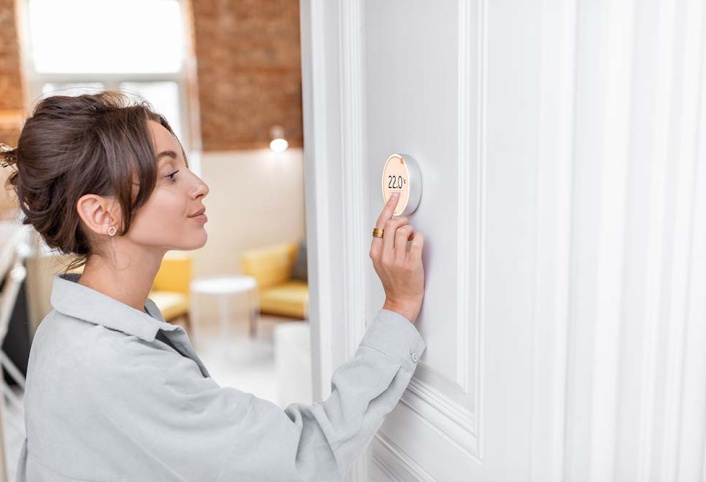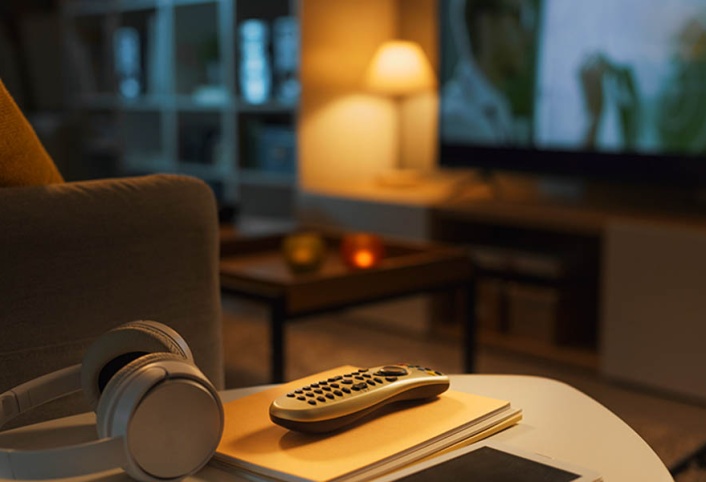Home automation often gets described in glossy terms, sci-fi visions of lights responding to your voice, shades rising with the sunrise, or music following you from room to room. But beyond the futuristic images, how does it actually work in the homes people live in every day? The answer isn’t magic. It’s a thoughtful design, reliable technology, and systems that blend quietly into daily routines.
The Invisible Backbone
Every smart home starts with infrastructure. Devices like lighting, thermostats, speakers, and security systems are connected through a central hub or control platform. This backbone ensures everything communicates in sync, whether it’s through wired connections, Wi-Fi, or specialized low-energy networks.
While invisible to the eye, this layer is what makes the system responsive and reliable.
Devices that Talk to Each Other
Automation doesn’t come from a single gadget; it comes from the way multiple devices work together. A thermostat lowers the temperature when the system senses the house is empty. Motion sensors trigger lights as someone walks down the hallway.
A door lock can signal cameras to activate or even start a “welcome home” lighting scene. It’s this orchestration that creates the seamless effect people imagine when they think “smart home.”
Control that Feels Natural
Technology should never feel like a chore. In real houses, automation systems are designed with multiple ways to interact. Homeowners might use:
- Wall-mounted keypads for quick access
- Mobile apps for remote control anywhere
- Voice commands for hands-free convenience
- Scheduled routines that run automatically
The goal is flexibility. No one wants to fumble with an app for every small adjustment.
Adapting to Lifestyle
Real home automation is personal. A family with young kids may program night-lights to guide safe trips down the hall. Frequent travelers often set up remote monitoring and automated lighting patterns for security. Movie enthusiasts design systems where lights dim and sound adjusts instantly when the screen turns on.
Automation isn’t one-size-fits-all; it grows out of how people actually live.
Why Reliability Matters Most
In the end, fancy features mean little if the system doesn’t respond every time. Reliability is what separates real home automation from gimmicks. A smart light that flickers or a lock that fails occasionally only builds frustration.
When everything works consistently in the background, trust grows, and that’s when technology begins to feel truly invisible.
Conclusion
Home automation in real houses isn’t about futuristic gadgets or complicated control panels. It’s about creating environments that adapt effortlessly to routines, moods, and needs.
When the backbone is solid, the devices talk smoothly, and the controls feel natural, automation stops being technology. It becomes part of the way home feels.




